Pickles are for more than just midnight cravings of pregnant women, everybody loves pickles! And like most things, they are so much better when made at home! Don’t feel intimidated here, making pickles is so quick and easy. You’ll never reach for that store-bought jar again!
History Lesson: Pickles date back thousands of years, when pickling was the best way to preserve food. You might immediately think of cucumbers when talking about pickles, but practically any vegetable can be pickled!
Refrigerator pickles have just the right amount of salty, tangy goodness with the most perfect crunch. You are going to love making pickles at home!
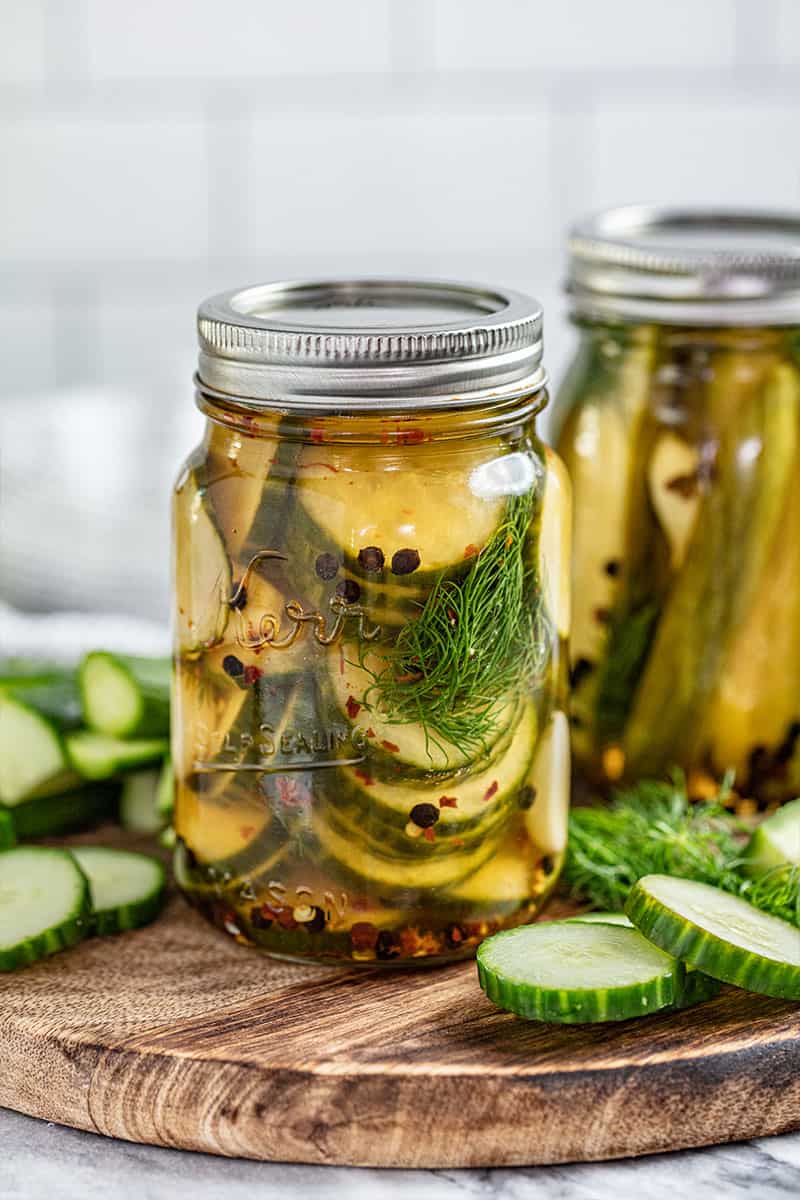
Cucumber Options for Pickling:
- Regular Cucumbers are the standard cucumbers you see at the grocery store that are short and wide and may even have a waxy coating on them to make them look good on the shelves. These have larger seeds and a higher water content.
- English Cucumbers are often covered in plastic wrap to better preserve them on the shelves since they do not have a wax coating. They have a sweeter taste, and while they still have seeds, they are tiny with a much lower water content, making them perfect for refrigerator pickles!
- Pickling Cucumbers are tailor-made to pickle. While they can be eaten fresh from the garden, their thin skin and extra crunchy flesh make them ideal for pickling. You may have a difficult time finding this in-store.
If you are having a hard time finding English or Pickling cucumbers, you can even use mini cucumbers!
The Role of Sugar
While it is true that you can do without sugar in the sense of food safety, we don’t recommend it. When used in pickling, sugar helps to preserve the texture as well as balance out the tartness in this level of acidity.
If you’re looking to replace sugar, there are several options you could try:
- Honey: A natural sweetener; use a slightly lesser amount since it’s sweeter than sugar.
- Agave Syrup: Another natural alternative, similar to honey in sweetness.
- Artificial Sweeteners: Such as Stevia or Splenda. Be mindful that these can sometimes leave a different aftertaste and may not preserve the texture as well as sugar.
Frequently Asked Questions
Properly stored in an airtight container, these pickles can last up to 2 weeks in the refrigerator. Once opened, the pickles should be consumed within two weeks. Ensure they are kept refrigerated and the jar is sealed properly after each use to maintain freshness.
Absolutely! For a milder flavor, you can replace some of the vinegar with water.
Yes, feel free to experiment with spices like mustard seeds, cloves, or red pepper flakes for different flavors.
Different types of vinegar can give the pickles a unique flavor.
Rice Vinegar: Milder and slightly sweet, suitable for a less tangy pickle.
Red Wine Vinegar: Offers a fruity and more robust flavor.
Apple Cider Vinegar: Adds a fruity tang, ideal for bread and butter pickles. Always keep in mind that changing the type of vinegar can alter the pickles’ flavor profile significantly.
Bread and Butter Pickles
Love Bread and Butter pickles? No problem! It’s easy to alter this dill pickle recipe to the bread and butter variety. Simply replace 1/2 cup of the white vinegar with apple cider vinegar. Then, instead of adding in black peppercorns, garlic, and dill you’ll flavor the pickles with:
- 1 inch cinnamon stick
- 1 teaspoon whole mustard seeds
- 6 allspice berries
- 6 whole cloves
- 1/2 teaspoon ground turmeric
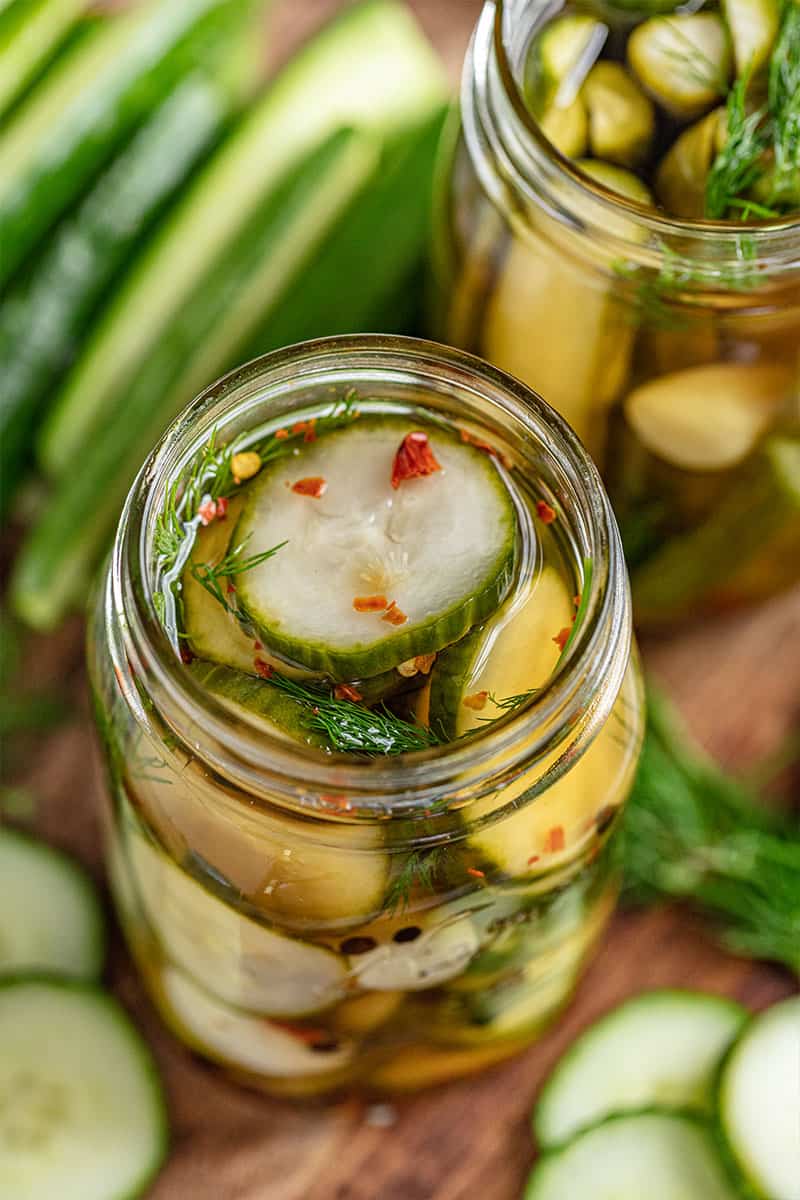
Canning Instructions:
If you want to can your pickles, you may want to make a much larger batch.
Fill sterilized pint-sized canning jars with pickles and brine, leaving a 1/2 inch of headspace. Be sure to wipe the rim clean and seal with a canning lid and ring. Do not overtighten. Place into a large stockpot for canning. Fill the pot to cover the tops of the jars with at least 1 inch of water and process in a water bath for 15 minutes (higher elevations and/or larger jars will need a longer processing time).
Carefully remove the jars from the water bath and let sit out on the counter undisturbed for 24 hours. You should hear a ping from each jar as they seal. After 24 hours, check to make sure the jars have sealed correctly by lightly pressing the top of the lid. If the center bubbles up and down when you press it, is has not sealed and needs to either be refrigerated or reprocessed. If the lid is firm, the jar is properly sealed and can be stored in the pantry.
Recipe Yield and Scaling
This recipe typically yields about 1 pint jar of pickles. Depending on how the cucumbers are cut (slices or spears), this can translate into approximately 2-4 servings. If served as a side or part of a larger dish, the number of servings can increase.
The recipe can be easily scaled up or down. To double the recipe, simply double all the ingredients. For a smaller batch, halve the ingredients. The key is to maintain the ratio of vinegar, water, sugar, and salt to ensure the flavor and preservation qualities remain consistent.
Pickling Time
While the overnight (12 hours) pickling time is standard for this recipe, extending the time can intensify the flavors. Leaving the cucumbers in the brine for 2-3 days will result in a stronger, more infused taste.

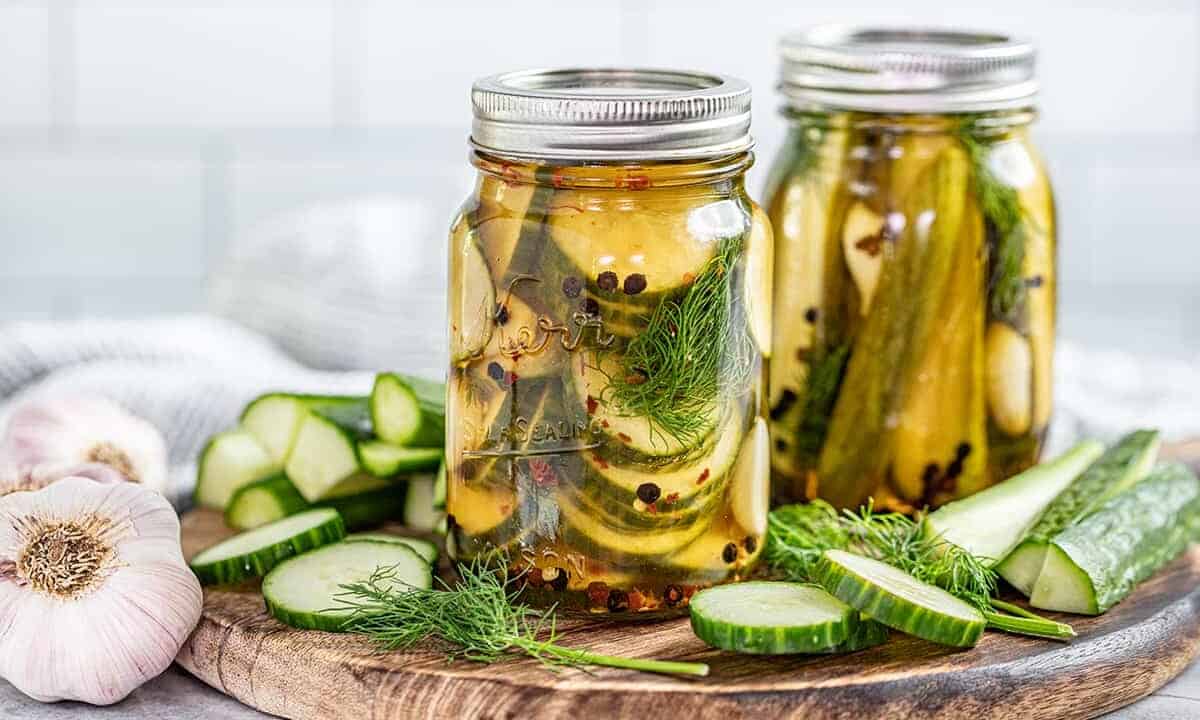
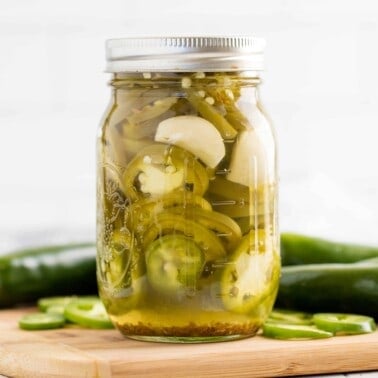
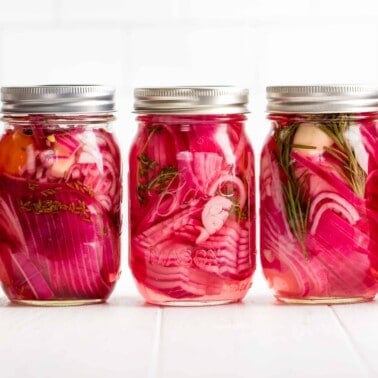
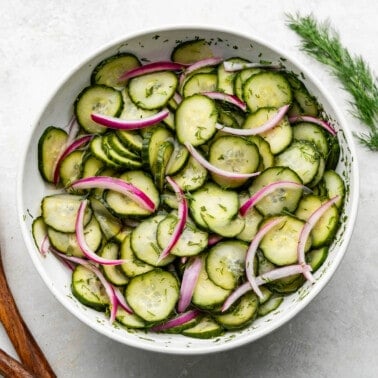
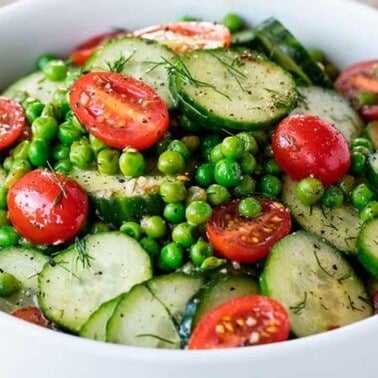
My family loves these pickles! I have found the English cucumbers are the best as they keep the crunch. I have to make separate jars as my oldest son loves his with the ghost peppers. 🙈 it burns my eyes while cooking with the ghost peppers but he lives them. A side note to get the spicy flavor really in cucumbers is to let it sit in refrigerator for a week before opening.
These are delicious. Crispy and addictive.
You can use the same “juice” on pickled green beans. Trim the beans and pack nearly whole in jars, top with brine.
Made these several times
Easy to make and delicious
These were absolutely delicious! Will definitely make them again. I used a regular cucumber but will try the English cucumber next time!
I made these last year for a Labor Day bbq,they were so delicious! Not one pickle left 😊 every one said you have to make more!
Refrigerator pickles. Ee made the spicy one by making a gal of pickles, and adding several jars of sliced jalapenos juice and all, let sit a few days and pig out!
These are SO good! I just finished my last batch and already have the fixins’ to make another. So easy to prepare. Thank you for sharing the variations on the recipe. Going to try the Bread ‘n Butter variety next.
Great recipe! Hard to stop eating them on a hot summer day. 🙂
These pickles are everything I dream of in a homemade pickle. They are super easy to make & their flavor is amazing…..I think I’ll be making a jar of them every other week! Thank you for recipes that you provide-they’re always delicious!